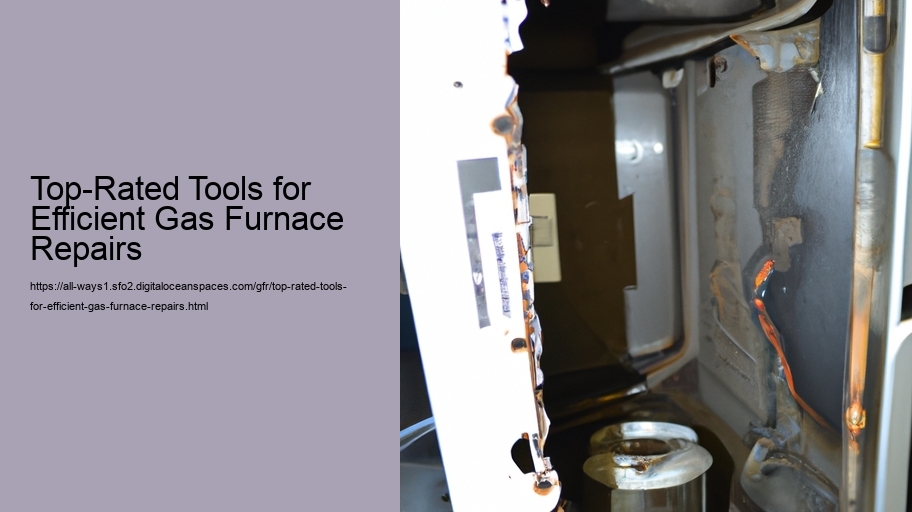Firstly, one of the most fundamental tools for any technician is a reliable multimeter. This device allows you to measure voltage, current, and resistance within various components of the furnace. By accurately diagnosing electrical problems such as faulty wiring or malfunctioning sensors, you can prevent further damage to the system.
Another indispensable instrument in your arsenal should be a combustion analyzer.
Top-Rated Tools for Efficient Gas Furnace Repairs - gas furnace installation
- furnace filter upgrade
A set of high-quality screwdrivers is also non-negotiable. pilot light adjustment Many parts of a gas furnace are fastened with screws, making it necessary to have an assortment of screwdrivers on hand. Whether it's adjusting the blower motor or replacing a control board, having both flathead and Phillips head screwdrivers with insulated handles ensures you're prepared for any task.
Wrenches and pliers come next in terms of importance when repairing gas furnaces. They are used for everything from connecting gas lines securely to replacing worn-out parts like thermocouples or valves. Adjustable wrenches offer versatility while pipe wrenches give you grip strength when dealing with stubborn fittings.
For cleaning purposes — because maintaining cleanliness inside a furnace promotes efficiency — brushes specifically designed for furnace interiors help remove soot and debris from burners and other components without causing damage.
Top-Rated Tools for Efficient Gas Furnace Repairs - gas valve replacement
- programmable thermostat installation
- gas valve replacement
In addition to these manual tools, technology has gifted technicians with advanced gadgets like infrared cameras which can detect heat patterns within the furnace system thus revealing areas where there might be blockages or leaks that aren't visible to the naked eye.
When working with any type of heating equipment safety gear cannot be overlooked; gloves protect against sharp edges while safety goggles shield eyes from dust particles or accidental sparks during repairs. gas valve replacement Moreover, using a proper face mask reduces inhalation risks from potential harmful particulates released during maintenance work on older units which may contain asbestos insulation.
Finally yet importantly digital manometers prove their worth by accurately assessing gas pressure in supply lines ensuring they comply with manufacturer specifications thereby maximizing appliance performance whilst minimizing risks associated with over-pressurization which could result in catastrophic failures if left unchecked
In conclusion having an array of specialized top-rated tools streamlines gas furnace repairs enhancing efficiency reliability overall effectiveness These instruments not only facilitate accurate diagnoses prompt interventions but they also uphold safety standards crucial given nature combustible elements involved Armed knowledge equipped right toolkit skilled practitioner homeowner alike can ensure warm secure environment through cold seasons ahead










